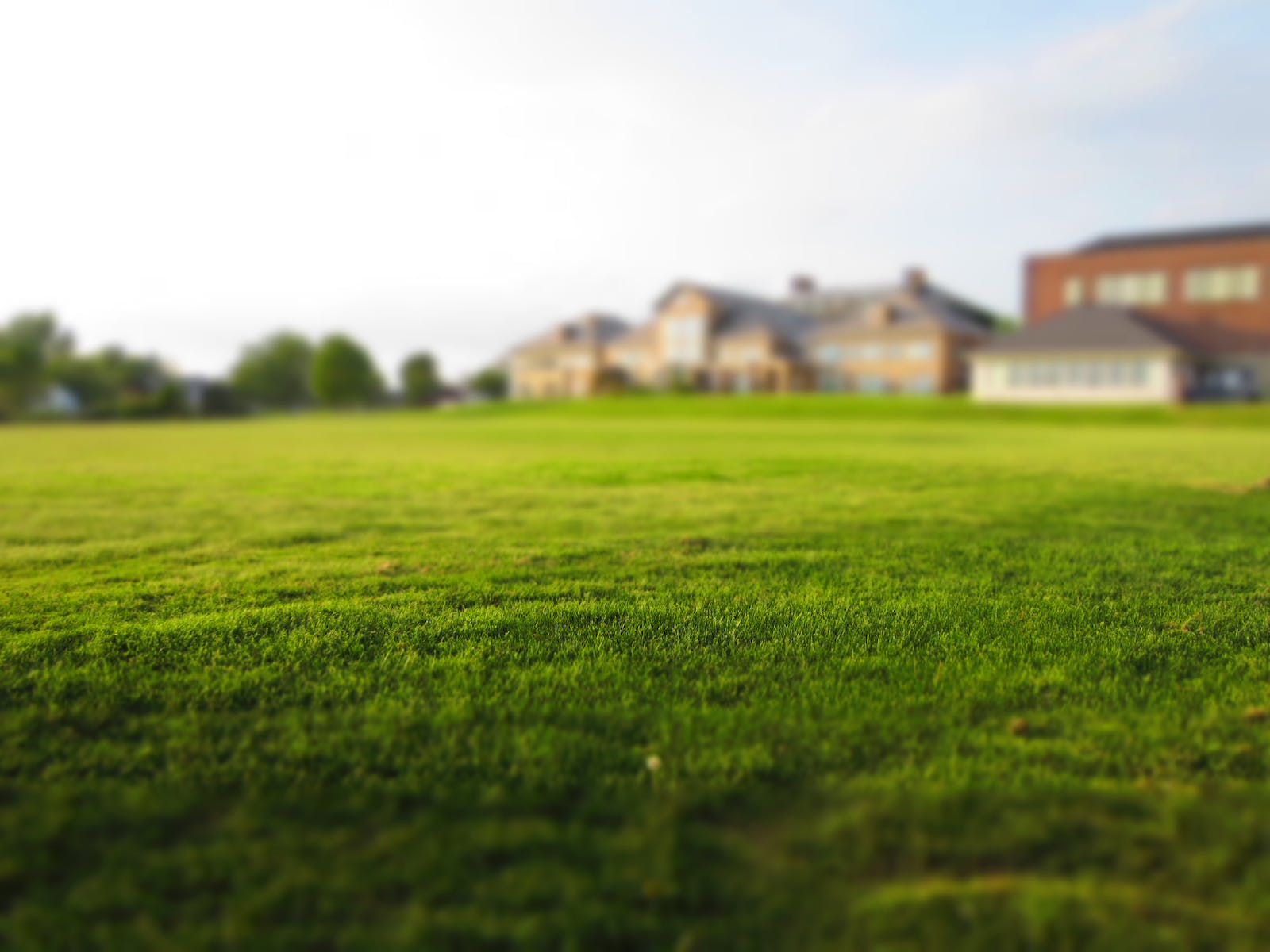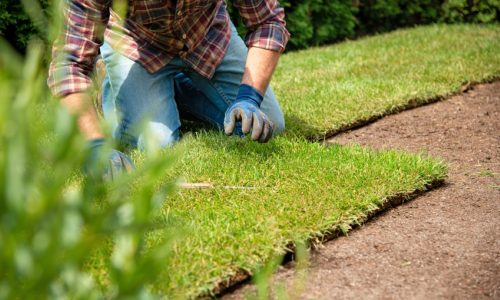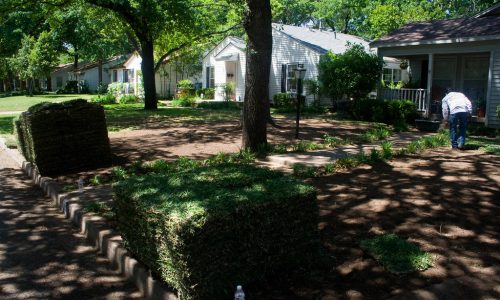Introduce the importance of lawn care in Texas, especially during the hot summer months. Keeping a lawn healthy in the scorching heat of Texas is challenging. However, there are advantages to having a well-kept lawn. These include a better appearance and higher property worth.
Discuss the unique climate of Texas and its effect on lawns. Explain the challenges of extreme heat, drought, and occasional heavy rainfall. Provide insights into how these weather conditions can impact the health of your lawn sod. Mention the need for special care and maintenance during the Texas heat.

Explain the importance of selecting the right type of sod for the Texas climate. Discuss popular hot weather sod types, such as Bermuda grass and Zoysia grass. Provide tips on how to choose the best sod for your specific lawn needs, considering factors like shade, foot traffic, and water requirements.
Selecting the right type of sod for the Texas heat requires considering the specific needs of your lawn. Here are some popular sod types that thrive in hot weather:
Explain the importance of preparing the soil before laying sod. Discuss the steps involved in soil preparation, including soil testing, removing weeds and debris, and adding organic matter. Provide recommendations for soil amendments that can improve the soil’s ability to retain moisture and nutrients. Include keywords like “soil preparation for sod installation,” “Texas soil amendments,” and “preparing soil for healthy sod.”


Explain the correct techniques for installing sod in the Texas heat. Discuss the importance of proper watering, leveling, and rolling of the sod. Give advice on avoiding mistakes when installing sod, like pulling it too tight or overlapping the seams. Include keywords like “sod installation in hot weather,” “watering new sod,” and “leveling sod properly.”
Before laying sod, it’s crucial to prepare the soil properly to ensure the health and longevity of your lawn. Here are the steps involved in soil preparation:
Discuss the importance of proper watering and irrigation in maintaining a healthy lawn in the Texas heat. Provide guidelines on how often and how much to water your lawn, considering factors like grass type, soil type, and weather conditions. Discuss different methods of watering plants, such as using sprinklers.
